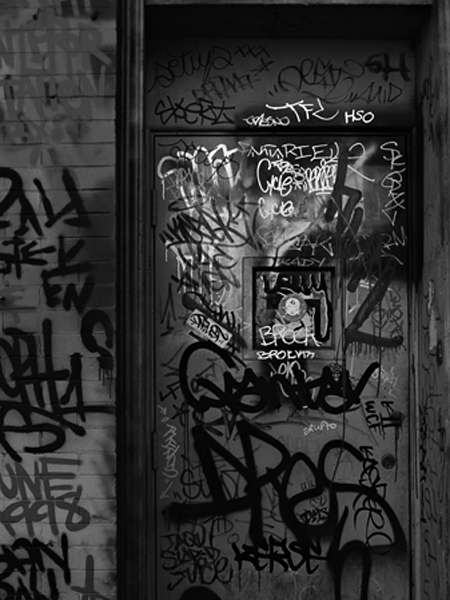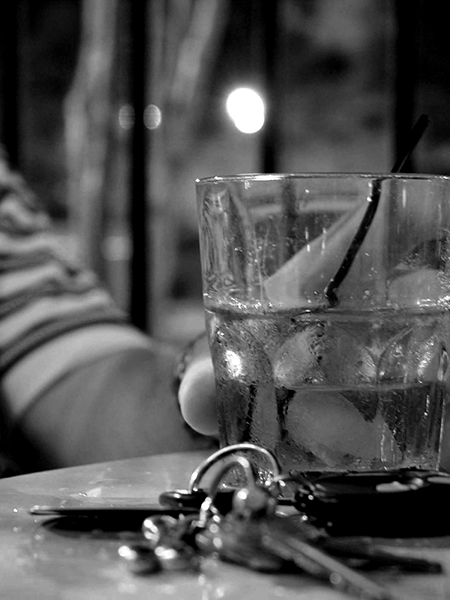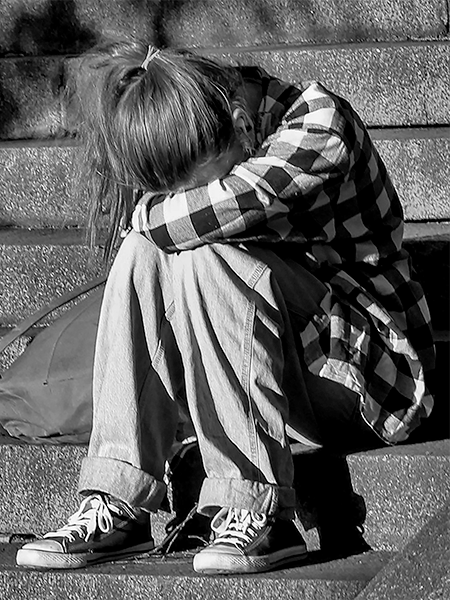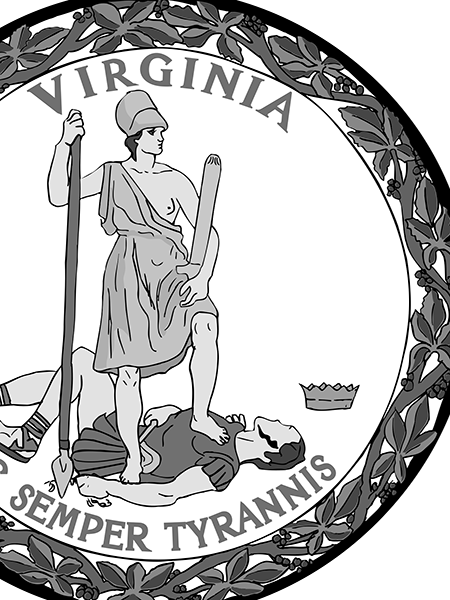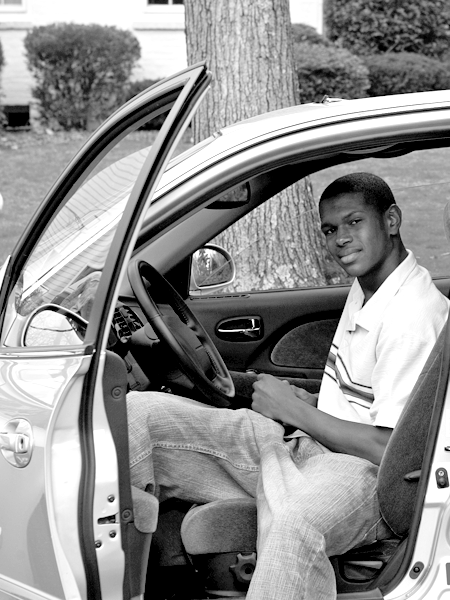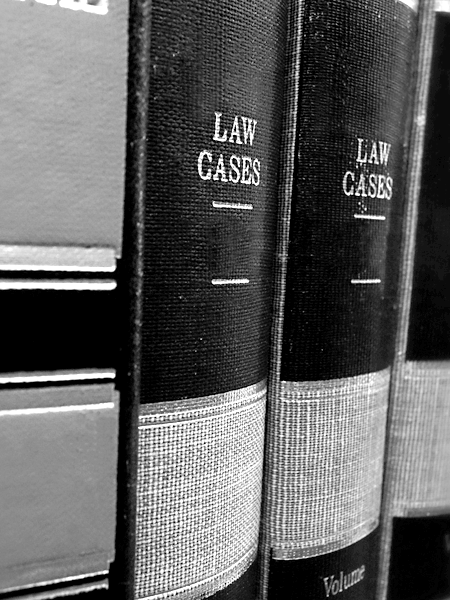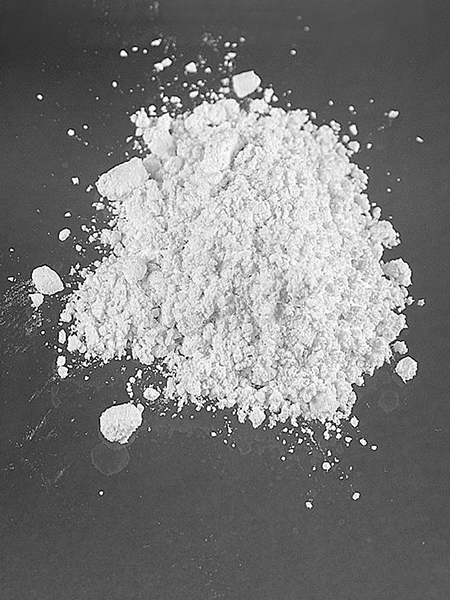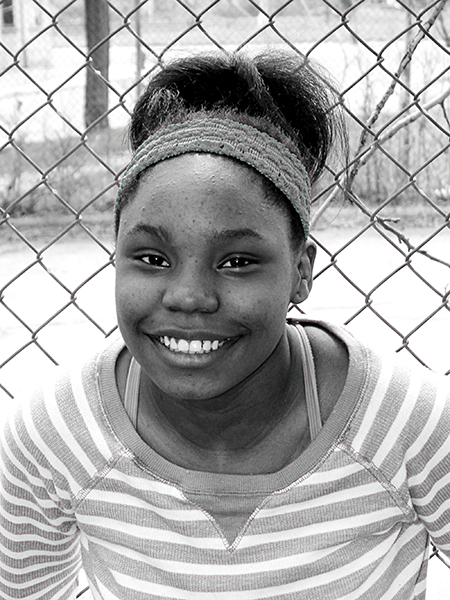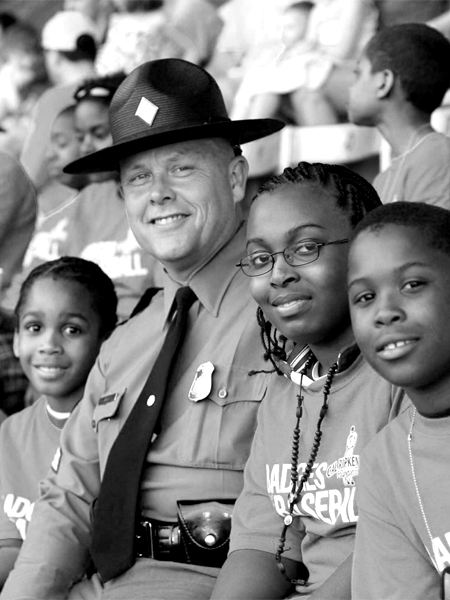Learn how gangs are defined in Virginia law, other laws addressing gangs, gang-related crimes, recognizing gangs, reasons people join gangs, and strategies for resisting gang involvement.
Virginia law enforcement officials have reported an increase in gang involvement in every region of the state as they have become more sophisticated and well-organized. As of 2024, more than 33,000 violent gangs are reported to be criminally active in the U.S., as reported by the FBI. In Virginia, there are home-grown gangs and national gangs. Street gangs are typically involved in activities that break the law and accept violence as a method of operation.
What is a gang?
Virginia law defines a “criminal street gang” as any group, organization or association of three or more persons, whether formal or informal,
- which has as one of its primary objectives or activities the commission of one or more criminal activities,
- which has an identifiable name or identifying sign or symbol, and
- whose members individually or collectively have engaged in the commission of, attempt to commit, conspiracy to commit, or solicitation of two or more predicate criminal acts, at least one of which is an act of violence.
(Code of Virginia § 18.2-46.1)
Which other laws address gangs?
Code of Virginia § 18.2-46.2 – It is a Class 4 felony for gang members to commit certain criminal acts on behalf of a gang. It is a Class 3 felony if the adult gang participant knows or has reason to know the gang includes a juvenile member/participant or the criminal act is an act of violence. Examples include robbery, assault, arson, gang recruitment, trespassing, and damage to property.
Code of Virginia § 18.2-46.3 – Prohibits recruitment of juveniles for criminal street gangs through various methods including social media recruitment and peer pressure. Specifically,
- Any person under 18 who solicits, invites, recruits, encourages, or otherwise causes or attempts to cause another to actively participate in or become a member of a criminal street gang, is guilty of a Class 1 misdemeanor.
- Any person aged 18 or older, who solicits, invites, recruits, encourages, or otherwise causes or attempts to cause a juvenile to actively participate in or become a member of a criminal street gang, is guilty of a Class 6 felony.
- Any person who uses threats or force against a person or that person’s family to recruit that person into a gang, or force him or her to remain in the gang or to submit to a demand by a gang to commit a felony is guilty of a Class 6 felony.
Code of Virginia § 18.2-46.3:3 – Establishes Gang-Free School Zones in which there are enhanced penalties for gang participation and recruitment. The zones include school property (including colleges/universities), public property within 1,000 feet of school property, school buses, and public/community centers (including public recreation centers).
Code of Virginia § 18.2-55.1 – Prohibits hazing of youth gang members. Anyone who causes bodily injury by hazing any member or person seeking to become a member of a youth gang or criminal street gang is guilty of a Class 1 misdemeanor. It does not matter whether or not the victim of the hazing participated voluntarily in the prohibited activity.
In addition, hazing is prohibited in the school environment. Virginia law requires local boards to develop a program of hazing prevention instruction for students in grade 9 or 10.
(Code of Virginia §§ 22.1-207; 22.1-253.13:1; and 22.1-279.9)
Code of Virginia § 16.1-260(G) – Requires that the school division superintendent be notified when a juvenile commits a violation of any gang statute, whether on or off school property.
What kinds of crimes do gang members commit?
Most street gang members are involved in activities that are crimes in the community. Some examples are:
- using drugs and dealing drugs;
- theft and dealing in stolen property;
- assault and battery and serious injury to other people;
- threats and intimidation of others;
- destroying public and private property; and
- human trafficking, fraud, and identity theft; and
- fraud and extortion.
What do I need to know about gangs?
Here are 10 facts about gangs:
- Street gangs recruit members as young as elementary school age.
- Street gangs may be composed of any gender.
- Street gangs may be a mix of different races and cultures.
- Street gang members must prove themselves to their gangs.
- Street gang members are typically involved in activities that break the law.
- Street gang members accept violence as a method of operation and are more likely to be victims of violence than non-members.
- Street gang members are often arrested for their crimes.
- Street gang members are feared and not respected by their peers.
- Street gang members are followers, not leaders.
- Street gang members are breaking the law by committing certain crimes on behalf of the gang.
How do you recognize a person who is in a gang?
One way to recognize a person who is in a gang is to look at the way he or she dresses.
Here are some things to look for:
- Gang members tend to dress alike.
- Members may wear the same colors.
- Many gangs wear specific team athletic wear.
- Many gang members tend to wear baseball caps backwards.
- Many gang members display tattoos or body piercing.
- Many gang members wear the same type of shoes.
Other signs that a person may be in a gang:
- changes in behavior;
- photos of themselves displaying gang hand signs, weapons, money, drugs, or graffiti;
- drawing graffiti in notebooks or on other belongings;
- new nicknames;
- unexplained injuries; and/or
- tattoos or branding.
Remember that everyone who dresses like a gang member may not be connected to a gang. It is important not only to look at a person, but pay attention to the friends he or she hangs out with. If everyone in the group is dressed the same, they may be gang members.
Some people may not be in a real gang, but instead are part of a group that acts, dresses, and presents itself as a gang. These people are typically called “wannabes.”
Whether someone is in a gang or is a “wannabe,” if he or she commits a crime; the legal system cannot tell the difference and will require them to pay the price.
What is tagging?
Tagging is graffiti placed on property, often by gangs, to mark a territory. When there is a great deal of graffiti in an area, it is a strong indicator of gang-related activity.
Virginia law says that tagging is destroying or defacing property.
Anyone who destroys or defaces any property, real or personal, not his own, shall be guilty of a Class 1 misdemeanor if the damage to the property is less than $1,000 or a Class 6 felony if the value of or damage is $1,000 or more (Code of Virginia § 18.2-137(B)).
Anyone who destroys or defaces public property shall be guilty of a Class 1 misdemeanor if the damage to the property is less than $1,000 and a Class 6 felony if the damage is $1,000 or more (Code of Virginia § 18.2-138).
The parents or guardians of a child may be ordered to pay up to $2,500 for damages their child caused to public property (Code of Virginia § 8.01-43).
Why do people join gangs?
Here are some of the main reasons young people choose to join a gang:
- They are looking for excitement.
- They do not feel good about themselves and want to be popular.
- They have problems at home.
- They do not feel loved or accepted and want a “family.”
- They choose the wrong friends.
- They think they can make money in gangs.
- They use alcohol and other drugs.
- They do not have goals.
- They want to be cool.
- They feel they need protection.
- They believe membership in a gang will bring them status and respect.
What can students do to avoid gangs?
Source: Adapted from “Understanding and Avoiding Gangs” Metropolitan Police Department, Washington, DC.
Be proactive.
- Tell a trusted adult (parents, school counselor, or law enforcement officer) immediately if you are approached by a gang member attempting to recruit you.
- Treat gang members respectfully if approached, but let them know you are not interested.
- Avoid areas where gang members hang out.
- Attend school regularly and work hard.
- Find others who want to stay out of gangs. Develop friendships with peers you trust.
Ask for help. Find a mentor.
- A mentor can be a family member, a teacher, a counselor, or a police officer.
- Choose a mentor with whom you feel comfortable. Community agencies can help with this.
- Talk to him or her about problems that concern you. Listen and be open to new ideas.
Be too busy to get involved.
- Find a part-time job.
- Get involved in school activities or other community organizations.
Change your environment.
- Remove yourself from the area. Gradually limit your involvement with other known gang members.
- If you have become involved with a gang and want out, talk to your parents about moving to another school or neighborhood. In some cases, this may be necessary to permanently remove yourself from the gang by putting distance between you and your old school and neighborhood. Moving to another neighborhood may help resolve any issues.
How do gangs impact a community?
The impact of gangs on communities varies in accordance with the scope and nature of gang activity. The impact is notably worse in more densely populated areas – those with populations of 50,000 or more – but still takes a negative toll on even small communities.
Impact of juvenile gang members’ criminal activity
1. Juvenile gang members are responsible for far more than their share of all self-reported criminal activity, and are also far more likely to be the victims of such acts. The Office of Justice Programs of the U.S. Department of Justice shows that students involved in gang activity are:
- More likely to engage in higher levels of serious and violent crimes than their non-gang involved peers
- More likely than other students to skip school and fail to graduate
- More likely to develop an anger identity, increased economic hardships, and family problems into adulthood
- Experience a negative impact of their exposure to gangs into adulthood
2. Gang members are significantly more criminally active during periods of active gang membership, particularly in serious and violent offenses.
3. Gang members commit more serious crimes; violent crime rates are seven times higher than for those not in gangs.
4. The influence of gang membership is long-lasting; their crime rates remain high even after leaving gangs.
Impact on gang members’ lives
1. Gang members are more likely to be victimized themselves. They are also at greater risk of arrest, juvenile court involvement, detention, confinement to juvenile correctional facilities, and, later, imprisonment. For instance, Hampton Roads VA media reported in 2023 that a gang member who once “considered the gang to be like her family,” was killed by the gang when she tried leaving it.
2. In 2022, the VA Department of State Police reported 58 arrests regarding prohibited criminal street gang participation. In 2021, the FBI Director stated there were over 600 gang-related ar-rests in a single month of 2021.
3. Gang involvement dramatically alters young peoples’ life changes. The gang acts as “a powerful social network” constraining and limiting members so they are cut off from conventional pursuits such as education and employment. Rather than making successful transitions to adulthood, their lives are disordered in a cascading series of difficulties including school dropout, early pregnancy/teen parenthood, STDs, and unstable employment.
Impact on communities
1. Community residents’ fear of gangs and of becoming victims of gang crime is very great in the most gang-infested communities.
2. Youth gangs are responsible for a disproportionate number of homicides. In Los Angeles and Chicago – arguably the most gang-populated cities in the United States – over half of reported homicides are attributed to gangs. About 2,000 homicides a year are gang related.
3. Gang activity negatively affects communities due to an increase in violent crime. In 2022, the Virginia Department of State Police reported 17,655 violent crimes involving 20,549 individual victims.
Impact on schools
1. There is a strong correlation between gang presence in schools and guns as well as drug availability in schools. Schools are used for gang recruitment and drug sales/distribution.
2. According to the 2022 Report on School Crime and Safety data from the U.S. Department of Justice and U.S. Department of Education, 9% of middle school and high school students reported gang presence at their school.
3. The presence of gangs more than doubles the likelihood of violent victimization at school and is very disruptive to the school environment, creating fear among students and staff.
